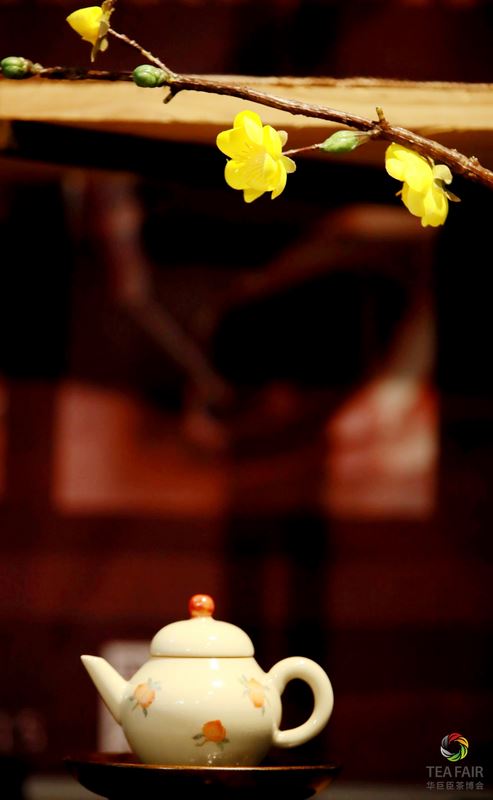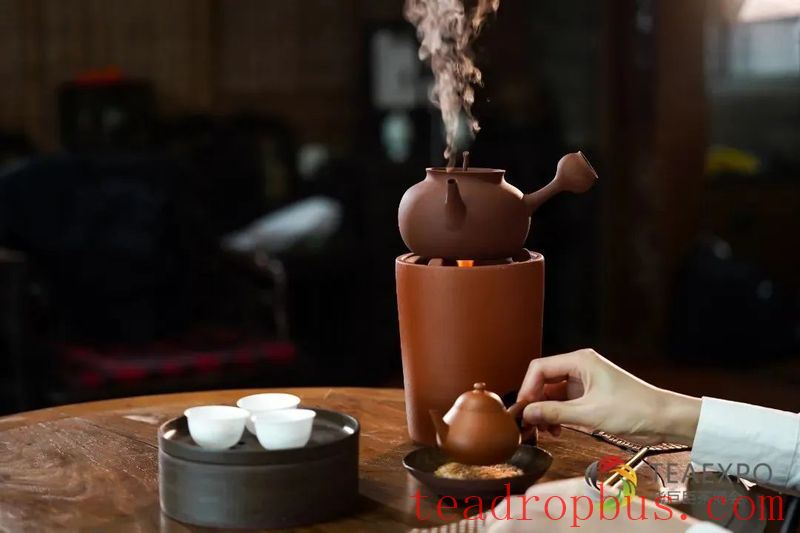Having witnessed the sunset of the beginning of autumn and admired the red leaves of autumn, being amazed by the scenery of cold dew, we now welcome the last solar term of autumn — Frost's Descent.

In “The Interpretation of the Twenty-Four Solar Terms,” it is said: “As the air becomes solemn and frost descends, yin begins to condense.” From White Dew to Frost's Descent, the round dewdrops on the grass tips finally solidify into frost. After Frost's Descent, the signs of late autumn become more apparent, with cold air becoming increasingly active and the temperature difference between day and night gradually increasing.
The Three Phases of Frost's Descent
Solar Term
Frost's Descent Today
First Phase: The Leopards Offer Sacrifice of Prey
After Frost's Descent, leopards start to hunt extensively, storing food in preparation for winter.
Second Phase: Yellow Leaves Fall from Trees
Yellow leaves fill the sky as they fall from branches, creating a misty and melancholic atmosphere of late autumn—a romance unique to this season.
Third Phase: Hibernating Insects All Lie Low
With the cooler weather, even hibernating insects remain motionless in their burrows, lost in slumber.
Late Autumn, Accompanied by Boiled Tea
Solar Term
The arrival of the Frost's Descent solar term signifies the entrance into late autumn, with the weather growing increasingly cold. At this time, boiling tea rather than Steeping it is more appropriate. Sipping the tea slowly, watching the steam rise, and feeling the warmth spread throughout your body from within is one of the joys of autumn and winter.

When boiling tea, choose teas such as dark tea, ripe Pu'er, aged White Tea, or aged Tieguanyin. These teas, through either processing methods or the passage of time, have lost their initial rawness and coolness, with their nature becoming warmer, making them ideal for dispelling the cold.
Tips for Boiling Tea
Solar Term
Steep Before Boiling. For teas like ripe Pu'er, mandarin Pu'er, Liubao tea, old tea heads, and old Shoumei that have strong flavors, it is suitable to first steep them in a lidded bowl for five to six rounds before boiling them. This can also prevent the boiled tea from being too strong.
Direct Boiling. Teas with lighter flavors, such as aged white tea or aged Tieguanyin, are suitable for direct boiling in a Teapot. Other teas with stronger flavors can also be directly boiled but with less tea used.
The ratio of water to tea when boiling tea is generally controlled at around 5-6 grams of tea for every 1000cc of water. Tea enthusiasts can adjust this ratio based on personal preference. After the water boils and the tea is poured out, the next addition of water should ideally be around 85°C, which will result in better tasting tea. If cold water is used for boiling, the tea will be very thick and strong.